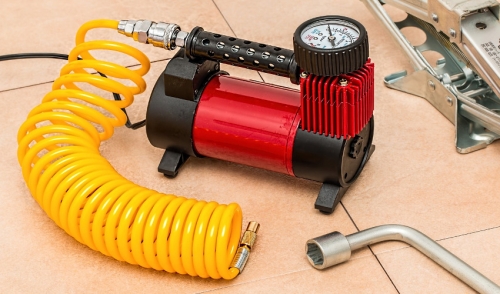
Air Tools vs Manual Tools
All is not as it seems when deciding whether or not to use air or manual tools. Below, we'll discuss the key differences you should consider when deciding which to use:
Speed
There’s no comparison here. Air-powered tools can get the job done way faster than your manual tools can. All you need to do is consider a pneumatic nailer for roofing versus a hammer or an air gun on tires versus a ratchet or wrench. However, also know that extra speed comes with consequences. You could overshoot your target and nails from a pneumatic gun are almost impossible to remove. A manual hammer wouldn’t have that problem. Despite a few minor drawbacks the speed of the job is gives air an advantage. The winner: Air-powered
Adaptability
A major drawback of air tools is that, especially for the bigger ones, they need a huge compressor so it isn’t refilling itself constantly. Sometimes an area will be confined and needs something that can adapt to the constraints. That’s where manual tools come in. They’re smaller which gives you more room to operate. Winner: Manual
So now we have a tie. To break it we’ll discuss a few more things: For durability you can rely on well-maintained manual tools because there are less moving parts. For more power, air tools are better because they can apply more pressure. While it’s still a tie, the truth is that both air and manual tools can be effective for doing numerous amounts of jobs and you should have an ample supply of both.
